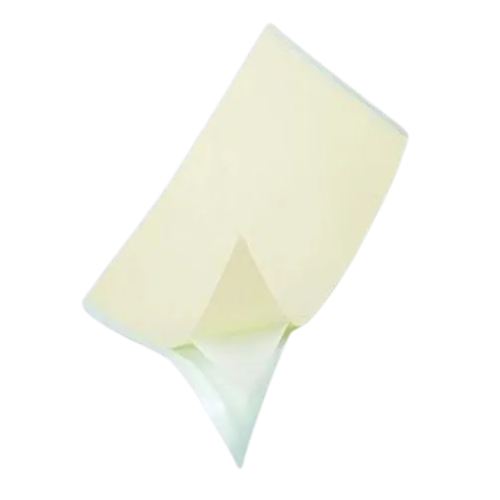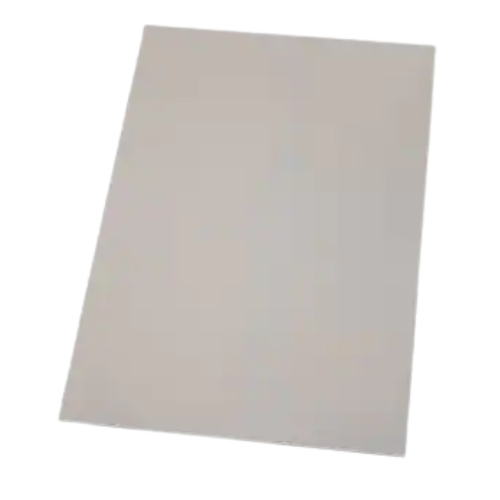We are aware of hundreds of thermal interface materials available in the thermal solution management market and finding the right one among them can be an overwhelming experience.
If you are facing such issues then do not skip and keep reading as we are going to examine the thermally conductive silicone pads thoroughly. Let’s dive right into it, shall we?
What are Thermally Conductive Silicone Pads?
The conductive silicone pads are made for silicone-based polymer material that is coated and mixed with thermal materials like ceramic etc.
These materials are combined in powder form then cast into a soft and bendable thermal pad material. These are made into sheet form that can be cut into customizable sizes to speed up assembling time.
These are tacky as well and can act as gap fillers to prevent hot air accumulation in spaces that can cause high heat in the electronic components.
Best Offer Available
What are the Technical Aspects of Conductive Silicone Pads?
These are inherently tacky to provide some grip to attach themselves to the surface. These also have higher stability than other phase change materials as these can withstand high heat in extreme operating conditions.
These also range in terms of thickness and the range of thermal performance ranges between 1.0 Watt/meter-Kelvin (W/m-K) to 5.0 W/m-K.
Advantages of Using Thermally Conductive Silicone Pads
Being cost-effective is the biggest advantage of using silicone pads. This is achieved due to the right thickness of the pad. If you are using thermal paste or grease you can apply a thick layer which will result in wastage of product. If you apply a small quantity of the same material it might not provide the desired level of heat removal and conduction.
The second advantage is that there is no yield time. The Thermal Conductive Pads are tacky and these require just a slight amount of pressure to get activated. Unlike pastes and greases, it doesn’t require time to dry before using the device.
The third advantage is that the single component can be used to combine several dispensing paths. You can use the same component for more than one size or thickness of the interface. It will provide ease in logistics and procurement and other administrative cost.
The fourth advantage is that the thermally conductive silicone pads are reusable to some extent and have spring-like nature. It can come back to its original form if not deformed and compressed to the level of combustion. If this happens it is very easy to use these pads again on some other device. It will work perfectly fine and give the same results.
The fifth and last advantage is that in case of a rework or revision after a while, it does not require any tool or specific method to update it.
How do Thermal Silicone Pads work?
The thermally conductive silicone pads are made of very soft material with a pizza dough-like consistency, this dough-like consistency is ideal to conform to the uneven surfaces of the contact materials and fill the gaps to prevent air accumulation.
The air will become hot which increases the temperature, the thermally conductive silicone pads also provide additional conduction that lowers the heat to some extent.
The silicone pads also bring together the heat-generating component and the heat sink. The thermal pads are meant to be pressure-driven and compressed. The pressure pushes the material into the surface of the contact material by turning them to the microscopic level. This helps in increasing the thermal conductivity of the silicone pads.
Why Thermally Conductive Silicone Pads are in Demand?
The silicone pads are one of the most diverse thermal interface materials and the most widely used in several applications and processes. The silicone pads are made out of elastomer with thermal fillers and liners.
These come in several sizes and thicknesses can be die-cut according to the need of the designer and manufacturer. This can also be modified to suit the device it is being used in. The silicone pads can retain their original shape after a long period of compression.
These have slight tack as well so do not require any external equipment for application. Some of them are also able to absorb electromagnetic interfaces.
The silicone pads can also be used as a safety component as they can absorb the shock and vibration can prevent damage to the device sustained after long-term use.
These are the most common features that are available in every thermally conductive silicone pad out on the market. You will find several types of thermal pads in one material type.
This is the very reason that makes thermally conductive silicone pads popular among designers when they are looking for thermal interface material with qualities of being thin, invisible, and useful.
What Are the Applications?
Several applications and processes deploy silicone pads for effective performance. Some of them are:
The silicone pads can be used as gap fillers for small as well as bigger spots in electronic components.
It can provide heat conduction in the IC packaging process.
You can use thermally conductive silicone pads to bond heat sinks with the heat-generating component.
This thermal interface material can be used in the PCB boards of LED lights.
Another very good and common application is in the display of smart TVs.
This is also used in automotive, there are several small functions in Automotives that generate heat and need efficient conduction.
It is successfully used in the process that requires some sort of chip on film for heat conduction.
The thermally conductive silicone pad can be defined as the core component of battery thermal management.
Conclusion
The thermally conductive silicone pads are designed for maximum safety and effectiveness. If the heat accumulation is left unchecked, this will amount to excessive heat and will damage the device along with posing electrical or fire safety threats.



